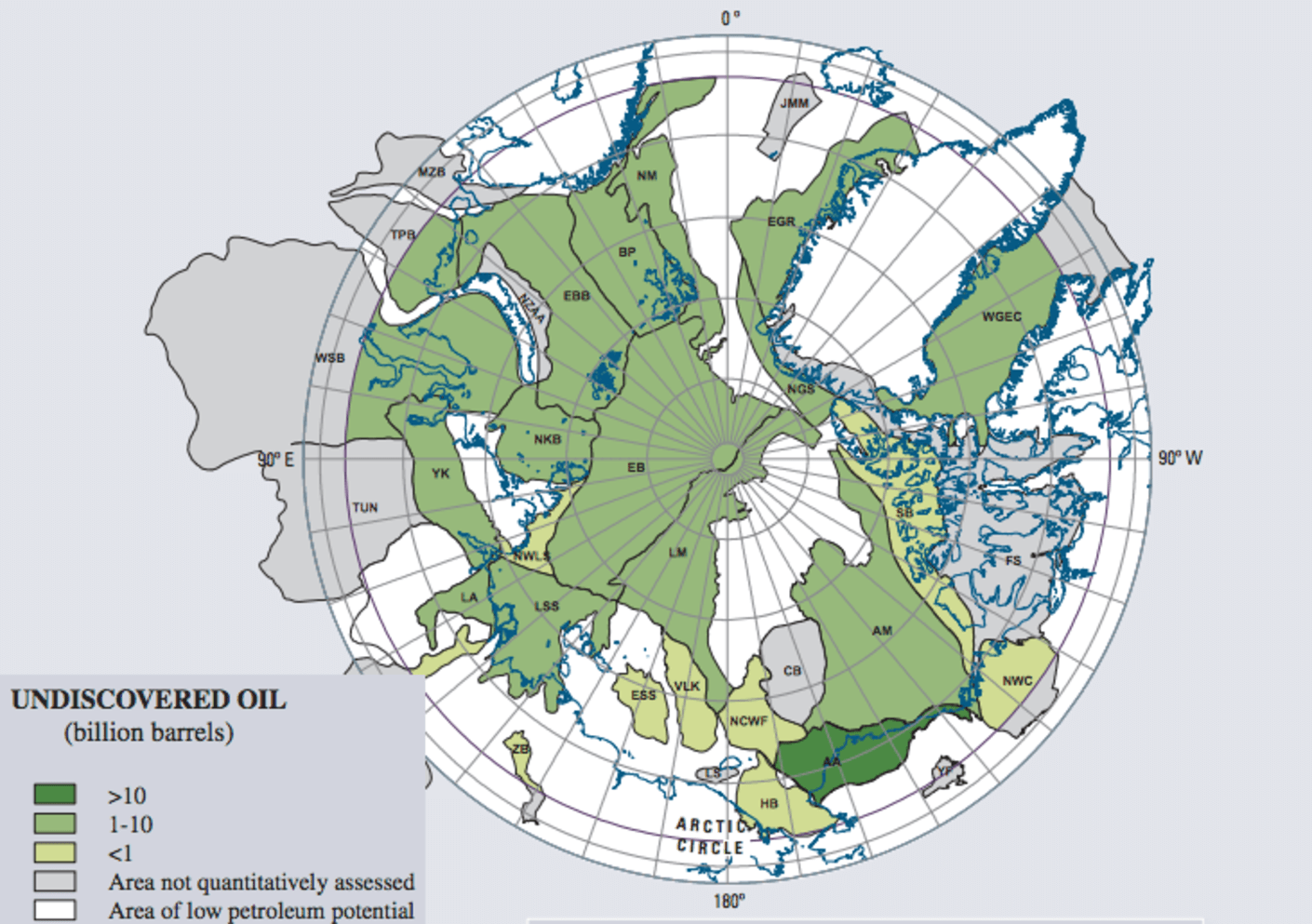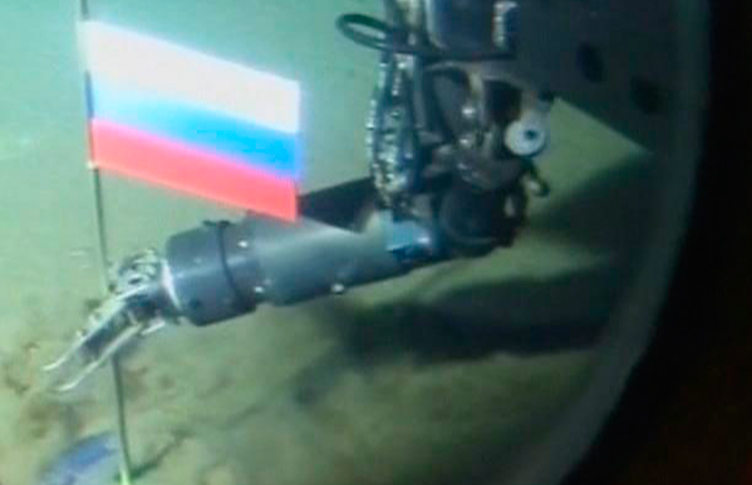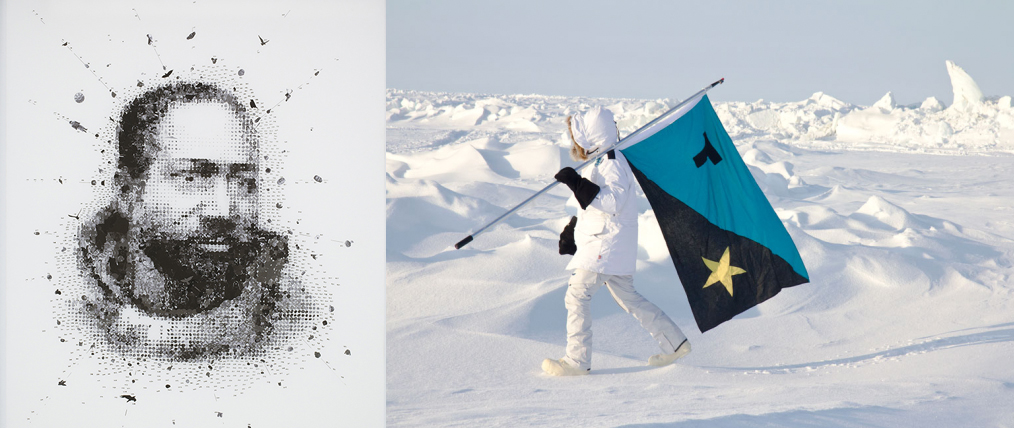Those of us who attended the Arctic Futures Institute also heard from a Greenlandic Representative of the Embassy of Denmark, Washington, D.C.; Inuuteg Holm Olsen. To paraphrase what I learned from Mr. Olson, Greenland is a large country with a small population of 56,000 people. Political change is very much a part of contemporary Greenland, which is a semi-autonomous unit under the Danish realm. Greenland was granted Home Rule in 1979, which means that it has control over internal government affairs, but Denmark retains rights to govern Greenland’s constitution, foreign affairs and defense program. The Home Rule agreement was expanded in 2009, which gave Greenland control over mineral resources and a greater amount of oil and mineral revenue. This is significant because it bolsters the country’s economy thus making it less dependent on the financial support of Denmark, which currently provides about half of Greenland’s national budget. Nuuk, the capital of Greenland, is receptive to doing business with countries such as China, Russia and the U.S. But, as Mr. Olsen pointed out, Greenland does not want to trade dependence on Denmark with dependence on any other nation.
This has implications for environmental policy; a significant amount of the world’s oil and gas lies in the Arctic, and there will inevitably be development of these resources in Greenland. International communities are concerned about carbon emissions that will result from mining and drilling. Thus, a tension has developed over the rights of Arctic people to determine their own future and the international concern over climate change.
As Mr. Olsen noted, it is not Greenland’s actions that are threatening the planet; Greenland is environmentally conscious. It is investing in hydro power, and although there is an abundance of natural resources, it is not industrially developed when it comes to mining and drilling for oil. It is easy to look to the Arctic and say terrible things are happening; the ice is melting and causing a lot of problems all over the world. However, it is also convenient to forget that it is the industrialized south that caused these problems. The winds and currents carry pollutants from the south northward, thus turning the Arctic into a repository for Co2, heavy metals and PCB’s.
The map below shows large oil reserves off the coast of Greenland and at the North Pole. But, who will decide how and when these untapped resources will be used.

Author: USGS, Geological ‘provinces’ colour-coded by how much oil they are estimated to contain.

newsweek.com

No one country can claim sovereignty in the high seas, but countries are eager to claim rights to continental shelves below the sea. In 2007 Russia planted a flag on the sea floor of the North Pole; the gesture was symbolic, but was a hugely successful technological feat and dramatic statement about who owns rights to the ridge running beneath the pole. On the right, Robert Peary’s telegram from 1909 states, “stars and stripes nailed to North Pole”, but the pole he claimed was sea ice, not land.
While decisions are being made about who has rights to rare earth, oil and gas, the impacts of climate change are being heavily felt in Greenland and the Arctic. Sea ice is receding, land glaciers are melting, permafrost is thawing, coastlines are eroding and animals are moving. The fate of cities like Miami, Florida and other low lying areas in the U.S. is tied to the melting icecap in Greenland. To better understand the region’s relationship to the world, it is helpful to cast backward in time.
There are a growing number of artists, performers and film makers who have created narratives about Arctic exploration. Their work reveals the cultural dynamics and motivations underlying past expeditions, and highlights indigenous populations and explorers whose compelling stories deserve more recognition.
An example is the work of New York-based artist Tavares Strachan, whose work is in the exhibition Indicators: Artists on Climate Change on view at Storm King Art Center in Cornwall, NY. Strachan traveled to the North Pole in 2013 to re-enact Robert Peary’s claiming of the territory in 1909. The questions surrounding who actually discovered the North Pole have been well documented, and the answers are steeped in ambiguities. Flag planting as a means for claiming territorial rights is by now long outdated, and is especially irrelevant at the pole due to the shifting nature of the ice shelf and international agreements regarding the open seas. Thus, Peary’s planting of the “stars and stripes” has lost significance in terms of actually making a valid claim for the U.S.
Strachan emphasizes this while also calling attention to African American explorer Mathew Henson, whose contributions were crucial, yet underplayed in the 1909 expedition. Strachan, who was born in the Bahamas and is of African descent, planted a “Bahaman” flag handcrafted by his mother at the pole, thereby valorizing his own heritage while revealing the irony of Peary’s claim.

Climate change and melting ice sheets are impacting Maine and the world; it is important for institutions of higher learning, industry and government to embrace fields such as the Digital Humanities, which can provide important perspectives on the changes and new, effective ways of delivering content. Art has the potential to involve the public and create excitement in unique and compelling ways, and the humanities have the potential to provide historical and cultural perspectives on the emerging international relationships in the North Atlantic and elsewhere.